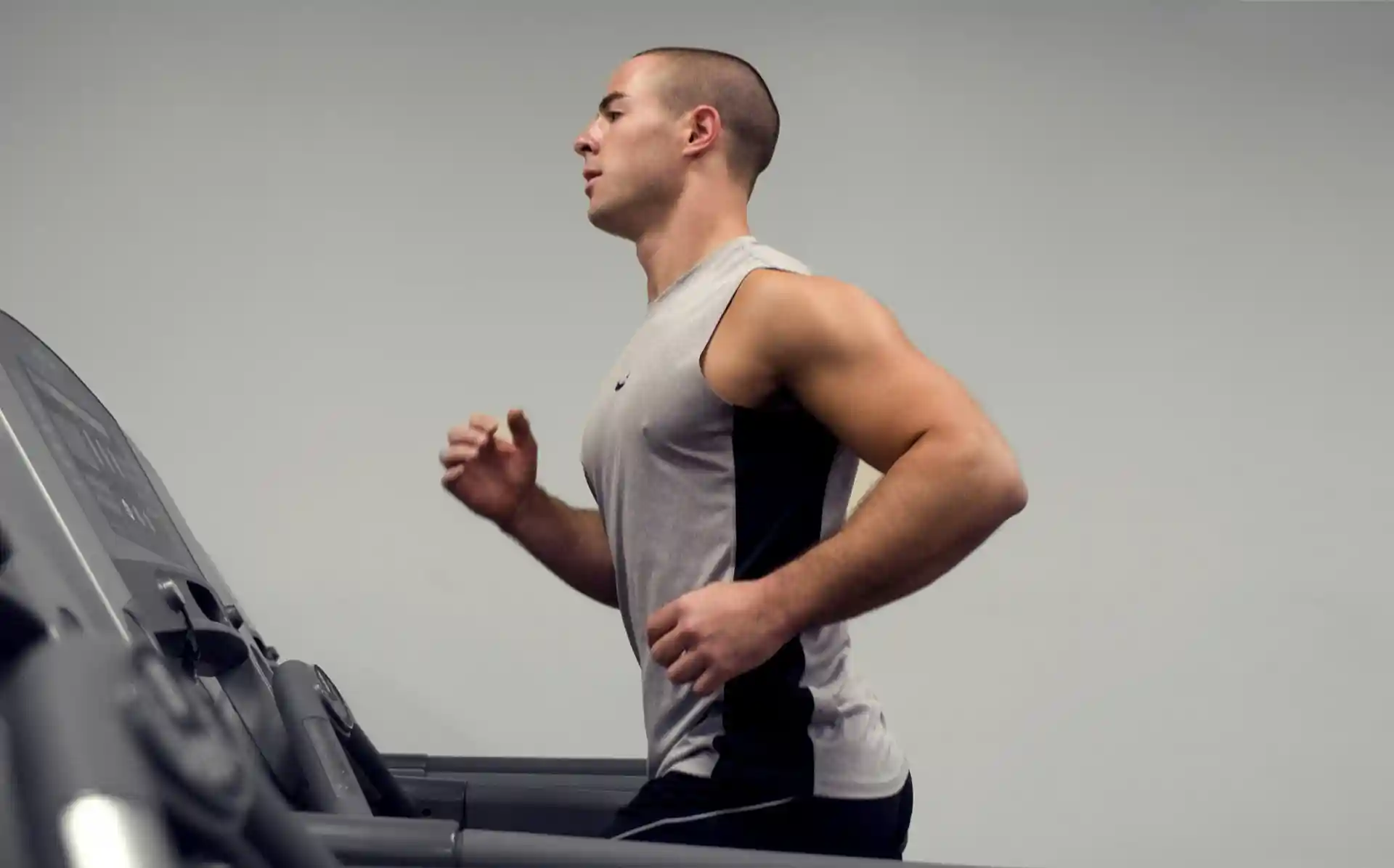Topics
- Article
#WHOOPEd Weekly Digest, Vol. 11

Which fitness stats should you be tracking (and ignoring), how do stages of sleep affect dreams, and can your brain focus too much?
Monday, July 17
To What Extent Can We Shorten HRV Analysis in Wearable Sensing? A Case Study on Mental Stress Detection
https://link.springer.com/chapter/10.1007/978-981-10-5122-7_161
- Mental stress can decrease attentional resources, impair working memory and memory retrieval, and overload cognitive systems.
- Heart rate variability is currently one of the most used methods for assessing acute mental stress.
- Wearable sensing technology has opened up the potential to measure and track HRV outside of a clinical setting and the present study’s aim was to determine the validity of detecting acute mental stress from short-term HRV measurements (5 min).
- The results of the study demonstrated that 5 min HRV measurements can be considered a good surrogate for detecting mental stress in real life, suggesting a host of applications for HRV sensors in various settings.
Tuesday, July 18
Snooze you can use: Sleep is important, so dreams must be too, right?
- Scientists aren’t exactly sure why we dream.
- Some research suggests that dreams are the brain processing and consolidating memories while we sleep.
- Sleep cleanses the cerebrospinal fluid in the brain and spinal cord. If this fluid isn’t cleansed, there’s a higher risk for developing Alzheimer’s disease or dementia.
- Dreams about things that happened at work or home or about people we know occur during non-REM sleep.
- REM sleep, on the other hand, is a deeper sleep; activity at this sleep stage resembles that in a waking brain.
- Bizarre dreams that border on sci-fi are more likely to happen during REM sleep. In this sleep stage the heart rate and respiration are elevated.
Wednesday, July 19
Which Stats to Track (and Which to Ignore)
https://www.outsideonline.com/2197776/which-stats-track-and-which-ignore
Stats to Track:
- Heart Rate Variability (HRV): The more relaxed, free from fatigue, and trainable you are, the greater the variability between heartbeats. Low HRV signals that your body is under too much stress and not ready for intense workouts.
- Workout Volume and Intensity: monitoring daily and weekly workout volume (exercise frequency and duration) and intensity can help ensure that you are pushing when you need to and tapering when the time comes.
- Rate of Perceived Exertion (RPE): Rank your RPE according to the Borg scale, which runs from 6-20. (Fun fact, WHOOP Strain is based on the Borg scale, where RPE maps on a nonlinear function from 0-21). Use the scale to guide training efforts–harder tempo runs should rank much higher on the scale while longer recovery runs should ran lower, giving your body time to recover.
Stats to Skip:
- Calorie Equation: The macro- and micronutrients you’re getting as you push your body in training efforts is far more important than calorie count. User your energy level as a barometer for whether you’re fueling properly.
- Training Heart Rate (Sometimes): Heart rate zones are typically calculated using age-predicted max heart rate equations, where global comparisons may not be appropriate for your fitness level and training habits. Heart rate zones and lactate thresholds can be effective training tools when specifically geared to your body.
- Racing Weight: trying to lose weight while training is detrimental, as you can’t hit Pos when in caloric deficit.
Thursday, July 20
Your Brain Can Only Take So Much Focus
https://hbr.org/2017/05/your-brain-can-only-take-so-much-focus
- Excessive focus exhausts the focus circuits in the brain. This drain in energy can make you lose self-control and become more impulsive and less helpful.
- The brain operates optimally when it toggles between focus and unfocused, allowing you to develop resilience, enhance creativity, and make better decisions.
- When you unfocus, you engage a circuit in the brain called the Default Mode Network (DMN). The DMN activates old memories and recombines ideas. This shuffling helps you enhance self-awareness and a sense of relevance; you can imagine creative solutions and predict outcomes as well as tune in to other people’s thinking.
How to activate the DMN during the day:
- Positive constructive daydreaming: choose a low-key activity such as knitting, gardening, or casual reading and then wander into the recesses of your mind.
- Taking a nap: after a ten minute nap, studies have shown that you become clearer and more alert. If it’s a creative task in front of you, you will need a full 90 minute nap to completely refresh the brain.
- Pretending to be someone else: When you’re in a creative deadlock, try embodying a different identity. It will likely get you out of your head and allow you to think from a different perspective.
Friday, July 22
The Military Is Altering the Limits of Human Performance
https://www.theatlantic.com/technology/archive/2017/07/tomorrow-solider/533703/
- The goal is to improve troops’ performance by understanding what’s happening inside their bodies, down to how their experiences affect them on a genetic level.
- The military aims to use biophysical sensors to detect changes in focus, alertness, health, and stress, and convey that feedback to the machines a soldier is operating.
- The data collected seeks to answer this question: how can each human soldier perform to the best of his or her abilities in every environment?
- One application for sensors is helmets that record brain activity while soldiers are on the job.
- In the Air Force, to monitor oxygen levels in fighter pilots, researchers have designed a system to measure cerebral oxygenation by shining infrared light on the forehead.
- “The thought, down the road, is to quantify my performance in these decreased physiological conditions from a cognitive perspective, and then use the changes in physiology to make the airplane smart about what kind of help I need.”